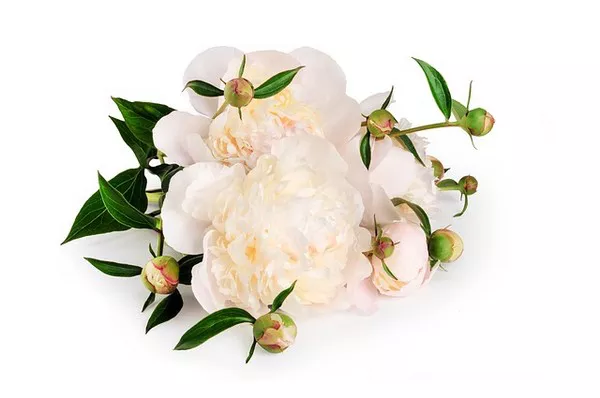Sending flowers has long been a cherished tradition to express love, sympathy, or celebration. However, for many, the seemingly exorbitant cost of floral arrangements raises the question: why is sending flowers so expensive? Unraveling the economics behind the blooms reveals a complex web of factors contributing to the high price tag attached to this timeless gesture.
Seasonality and Floral Demand
One significant factor driving up the cost of flowers is the seasonality of floral production. Certain flowers are only available during specific times of the year, and their scarcity can significantly impact their market price. When a particular flower is out of season or in high demand for a specific occasion, the cost of cultivating and procuring those blooms rises, leading to an increase in overall floral prices.
Florists often face challenges in sourcing specific flowers during off-seasons, forcing them to rely on imports, which come with additional costs such as shipping, customs duties, and handling fees. The seasonality and demand for particular blooms contribute to the overall expense of creating bespoke floral arrangements.
Quality Control and Expertise
Crafting a beautiful and long-lasting floral arrangement requires expertise and meticulous attention to detail. Professional florists invest time and effort in selecting the finest flowers, ensuring they are fresh, vibrant, and free from imperfections. The skill and knowledge required to curate aesthetically pleasing arrangements that convey the intended message contribute to the labor costs associated with floral design.
Moreover, florists must possess the expertise to properly handle and care for delicate blooms, extending their longevity. The process of quality control, from selecting premium flowers to arranging them with precision, adds a layer of expense to the overall cost of sending flowers.
Transportation and Logistics
The journey from the flower farm to the recipient’s doorstep involves a complex network of transportation and logistics. Flowers are delicate and perishable, requiring careful handling and expedited shipping to maintain their freshness. This urgency in transportation adds costs to the overall process.
Flowers are often sourced from different parts of the world, depending on the season and availability. International shipping, customs clearance, and local transportation contribute to the expenses incurred in bringing flowers from the grower to the florist and, ultimately, to the customer. The need for specialized packaging to protect delicate blooms during transit further adds to the logistical costs.
Labor Intensity in Floral Design
Creating a stunning floral arrangement is a labor-intensive process that demands creativity, skill, and time. Florists dedicate hours to handcrafting each arrangement, carefully selecting and arranging flowers to convey the desired sentiment. The labor-intensive nature of floral design, coupled with the expertise required to execute intricate arrangements, contributes significantly to the overall cost of sending flowers.
Floral designers often work under tight deadlines, especially during peak seasons or holidays when demand is high. This increased demand for timely and personalized arrangements can lead to additional labor costs as florists strive to meet customer expectations while maintaining the quality of their work.
Overhead Costs and Business Expenses
Running a floral business comes with its own set of overhead costs and business expenses. From renting or maintaining a physical storefront to utilities, insurance, and staff salaries, florists must cover various fixed and variable expenses. These costs are factored into the price of each floral arrangement to ensure the sustainability and profitability of the business.
Additionally, florists invest in tools, equipment, and facilities to maintain the quality and freshness of their flowers. The expenses associated with maintaining a well-equipped workspace and providing a conducive environment for floral design contribute to the overall cost of sending flowers.
See Also the Top-Selling Holidays for Flowers(Revealed!)
Conclusion
While the act of sending flowers is a time-honored tradition that symbolizes love, sympathy, and celebration, the cost associated with this gesture is a reflection of the intricate and labor-intensive process involved in creating and delivering floral arrangements. Seasonality, quality control, transportation logistics, labor intensity, and business overheads collectively contribute to the expense of sending flowers.
Understanding the economics behind the blooms sheds light on the value that professional florists bring to this cherished tradition. Despite the costs, the beauty and sentiment captured in a carefully crafted floral arrangement remain priceless, making the act of sending flowers a truly meaningful and cherished expression of emotion.


